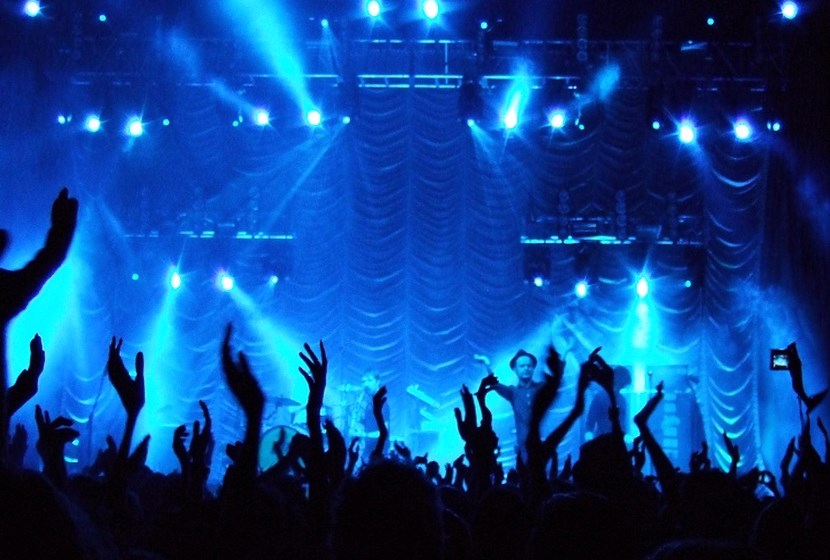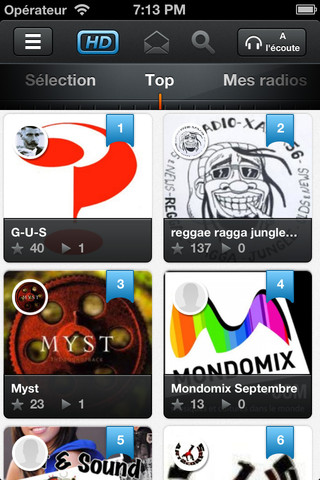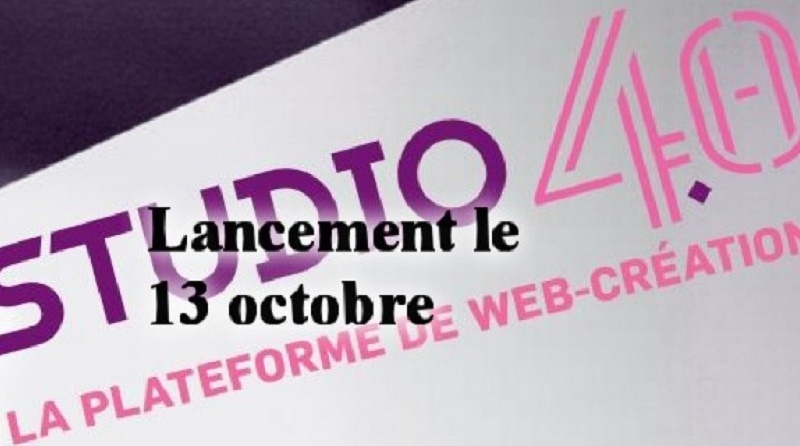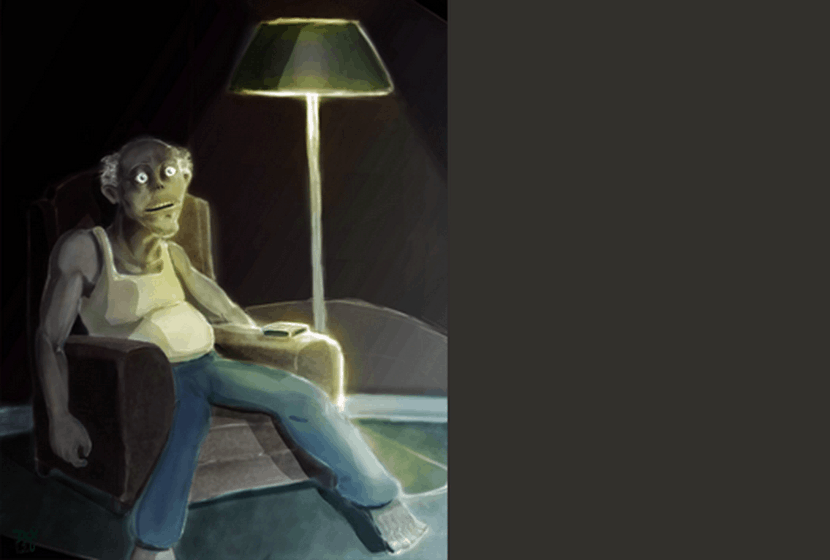Evergig is a startup that I discovered at the beginning of 2012 and that offers a really original service. It's about creating videos of concerts with the help of shots taken by the spectators themselves and with their smartphones. These concerts can be broadcast on every screen imaginable and may eventually arrive in our connected TVs.
The Principle
So why create concert videos from audience videos? The main reason is that not all concert organizers have the means to manage video capture in concert halls, especially since good capture requires a critical mass of cameras positioned in different places in the concert hall, including mobile cameras. Secondly, editing a concert is a relatively cumbersome and time-consuming operation. All this limits the ability of artists to promote themselves through digital and social media. Especially the emerging ones!
There is also an opportunity linked to the evolution of mobile uses: a large majority of concertgoers have smartphones and they are now able to capture videos of ever-increasing quality. Smartphones less than a year old can generate Full HD video in 16×9 format. And it just so happens that smartphones are allowed in concerts, unlike reflex cameras and cameras that have to be put away in the dressing room before entering the venue! The spectators are therefore used to film all or part of the concerts they attend. For example, it is common to see forests of smartphones above their heads in the front rows of a concert hall.
However, there is a growing demand for concert videos, especially for emerging artists.
 Evergig's solution
Evergig's solution
Evergig implements the UGC (user generated content) principle in a very original way. It allows you to create structured content from unstructured elements! And it is the intelligence of the software that carries out the assembly.
Early in the process, Evergig encourages smartphone users to capture concert videos and upload them to its site. The startup plans to set up various incentives to achieve this. By relying on dozens of spectators, Evergig is able to capture a wide variety of points of view: wide shots taken from afar as well as close-up shots of the artists, especially from the front row. The videos are for the moment uploadable from Evergig's website once you have quickly created your user account. It is planned to be able to do this directly from one's mobile before the end of 2012.
Once retrieved, these videos are automatically aggregated. The software automatically identifies the best footage from the videos submitted by mobile users. The choice of shots is based on the identification of the type of video sensor used for the shooting, the resolution of the video, the blur, the over or under exposure, the case of too large parts of the images that are not black, the verification of the framing (are the singers plain or not), do we have the right singer thanks to face recognition, what is the "level" of the contributor in the history of the site? All these bricks are not yet exploited, but we can see the idea. These spectators' points of view can if necessary be mixed with the videos created by the professionals of concert recording. If the ambition is to automate as much as possible the editing of the concert, it is still necessary to use a manual tool to adjust the automatically generated editing and also to enter the metadata of the concert's chaptering.
What about the result? If you watch a few shows on Evergig's website, you will see that it is not yet extraordinary. There are a lot of badly framed shots and images that move in all directions. There are at least two reasons for this that will be dealt with by Evergig:
The first is the still modest number of contributors. 27 in the case of the BBrunes concert. If the service grows in popularity, this number will increase mechanically. And Evergig will probably make sure to explain to its users how to shoot successfully. So far, in the concerts where Evergig has been tested, about 8% to 10% of the audience were filming it and then sending the result to Evergig. And this is still via the web and not live upload via mobile.
The second is that not all the software building blocks for automatic assembly have yet been integrated into the system. This is a completely new area that requires learning with practical examples. However, I have the impression that the principle is very promising and that the result should constantly improve. Just as in the photo, we will see the emergence of software that can detect successful photos during de-rushing, especially in terms of framing.
Where's the sound coming from? It is not picked up on the audience's smartphones but at the sound control room of the concert, in professional quality. The sound is therefore provided by the artists and the record companies that edit them. The creation of the video of the concerts is done with their consent.
Downstream of the automated capture and editing process, the Evergig site is a "destination" site that offers concerts produced using the crowd-sourcing method mentioned above. It offers a catalogue of concerts that will be rapidly enriched and will first cover the genres appreciated by young audiences. Today, you can find for example BB Brunes, Christophe Willem, Tryo and TYP. The BB Brunes concert edited by Evergig was broadcasted by W9 on TNT, and with very good audience results.
Evergig also offers an external video player for publishing concerts within a website, blog or Facebook. They are also planning a Facebook application for artists to place the "page module" on their Facebook.
Evergig has tested its approach in concerts that are on its website, but on other occasions such as a SingTank concert in partnership with Warner Music.
Evergig's solution was otherwise used to produce the video editing for Frank Sorbier's fashion show in July 2012, in partnership with Intel, which was a technology sponsor of the operation. The diversity of points of view in this capture of an artistic event is quite interesting.
How are the spectators motivated? A bit like what happens in social networks but with a few extras. First of all, there is the appreciation of the best contributors on the site and the pride of having contributed to create content that can then be widely distributed. Secondly, Evergig will add a few bonuses related to the relationships established with music majors and independent labels. Anything related to the merchandizing of the artists can be applied: goodies, gifts, free concert tickets, meetings with the artists, etc.
Continuation of the article on Olivier's blog, Opinions Libres.
{Jacuzzi on}










